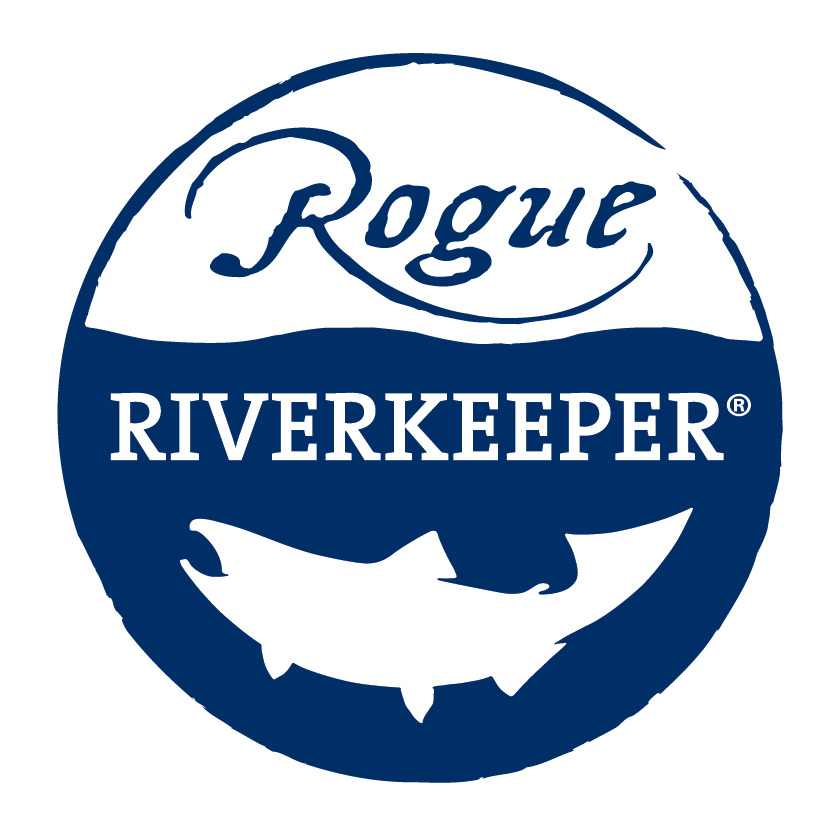Don’t leave Southern Oregon Streams Behind!
As the pavement turned into gravel, we headed up into the mountains to check out what current logging practices under the Oregon Forest Practices Act really look like here in southern Oregon.
Logging practices along McDonald Creek near Wagner Butte.
Right now, streams that support salmon and steelhead in southwestern Oregon are left with weaker protections than the rest of western Oregon under the Oregon Forest Practices Act. Rogue Riverkeeper is working with our partners in the Oregon Stream Protection Coalition to make sure that southern Oregon streams aren’t left behind!
Checking out logging practices under the Oregon Forest Practices Act above McDonald Creek near Wagner Butte.
The Oregon Forest Practices Act is a state law that manages forest practices on state and private forestlands in Oregon. This includes everything from logging to forest roads to aerial pesticide spraying. The Oregon Board of Forestry adopts rules regulating forest practices and appoints the State Forester, who oversees the Oregon Department of Forestry.
In 2017, the Board of Forestry established a new rule that required a small increase in the amount of trees near streams, known as a “stream buffer.” The science is clear that removing trees near streams results in warmer stream temperatures, which can harm native fish like endangered coho salmon. Establishing strong stream buffer standards is important to protect threatened fish and water quality.
Critically, however, the Board of Forestry excluded the Siskiyou region (which includes most of the Rogue watershed) from the new stream buffer rule.
Logging practices along McDonald Creek near Wagner Butte.
This means that many streams that flow through private forestlands in the Rogue watershed are left with a weaker standard that allows clear-cutting down to 20-feet from streams that support fish. For streams that are designated as not supporting fish or domestic water use, no stream buffer is required at all.
The Rogue supports habitat for threatened Southern Oregon/Northern California Coast (SONCC) coho salmon listed under the Endangered Species Act. There are more than 1 million acres of private forestlands in Oregon that support habitat for SONCC coho, much of which is left with this weak and outdated stream buffer standard.
Oregon already has the weakest stream buffer standards on the west Coast. And excluding our region from the modest improvements of the new rule puts streams in the Rogue watershed even further at risk.
The good news is that you can make a difference in this fight! On June 5th, the Board of Forestry will make an important decision about stream buffers for the Siskiyou. Submit comments to the Board of Forestry and ask the Board to stand up for southern Oregon streams and the Rogue!
Want to learn more? Join us on Wednesday, May 8th in Jacksonville or Wednesday, May 29th in Talent at a community meeting to talk about how logging practices near streams on private lands impacts our local waterways and communities.
For the Rogue,
Stacey Detwiler
Logging practices, including herbicide application, along McDonald Creek.
Helicopter with boom used for herbicide application.
A lowly sedge outlasts herbicide application.







